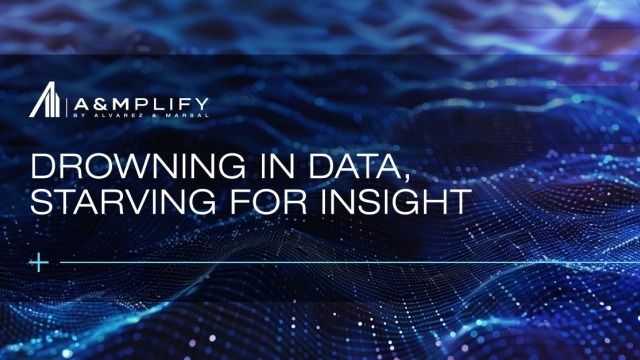Leveraging OCR and AI for Modern Defense and Government Applications
The Data Challenge in Defense and Government
Defense and government sectors face an unprecedented influx of unstructured data from diverse sources. From battlefield intelligence to administrative records, quickly managing and analyzing information from documents is critical to mission success and national security. Yet, traditional approaches often fall short due to the scale, complexity and need for real-time insights. This is where the use of artificial intelligence (AI) models, such as optical character recognition (OCR) can accurately automate data handling and shorten the time to insights.
Why OCR Matters in Modern Defense
OCR transforms printed and handwritten documents into machine-readable formats. While its text extraction capabilities are robust, combining OCR with AI elevates its power, addressing the complex demands of defense and government operations by enabling:
- Contextual Understanding: AI enables OCR systems to go beyond merely reading text. By applying natural language processing (NLP), AI models can interpret the meaning behind extracted text. For example, AI could identify the significance of specific keywords or phrases, categorizing them into actionable insights or tagging them for further investigation.
- Pattern Recognition and Analysis: OCR models effectively identify patterns within extracted data. For example, AI can recognize recurring names, locations or themes, helping intelligence analysts uncover connections that might otherwise be missed. This capability is particularly valuable in detecting anomalies or identifying trends in administrative and operational data.
- Automation and Decision-Making: AI integration allows OCR systems to become part of larger automated workflows. For instance, once a document is scanned and its contents are extracted, AI can determine the next steps, such as flagging documents for review, populating databases or initiating automated actions. In administrative applications, this might mean automatically filling and submitting forms.
Example in Action: During a counterinsurgency, military personnel intercept a suspect at a checkpoint and recover a bundle of papers from his jacket pocket. This so-called "pocket litter" includes handwritten notes, a crumpled receipt and a map with marked locations. Traditional analysis would take days — OCR scans and extracts actionable data within minutes, potentially preventing a threat.
Future Innovations Shaping AI and OCR Technologies
As OCR continues to evolve, the integration with AI is both enhancing its current capabilities and paving the way for groundbreaking future advancements. These developments are poised to address the complexities inherent in defense and government applications, where information needs to be accurate, timely and actionable.
The most promising directions for future OCR enhancements include:
- Generative AI Integration: AI suggesting potential actions based on OCR findings.
- Real-Time Deployment: Expanding edge computing capabilities to process OCR and AI tasks on-site, enabling immediate decisions.
- Multimodal Analysis: Combining OCR with video and audio data processing for richer intelligence.
The Strategic Imperative
The integration of OCR into mission-critical processes is no longer a choice — it's a strategic necessity. As global threats evolve and data volumes grow, defense and government organizations must leverage these technologies to stay ahead. Paired with AI, OCR offers more than efficiency — it drives deeper insights, faster decisions and enhanced situational awareness. In environments where every second counts, real-time data extraction and analysis can be the deciding factor between success and failure.
Advanced OCR and AI are transforming operational readiness, enabling faster, more accurate data processing while bolstering security. By minimizing missed intelligence, improving situational awareness and supporting critical decisions, these tools are indispensable for modern defense. For leaders and policymakers, the call to action is clear: Invest in and advance these technologies to navigate an increasingly data-driven world. On tomorrow's battlefield, dominance will hinge as much on information processing as on strategy. Acting now ensures a decisive edge.
Take the next step and contact the A&MPLIFY team today.






